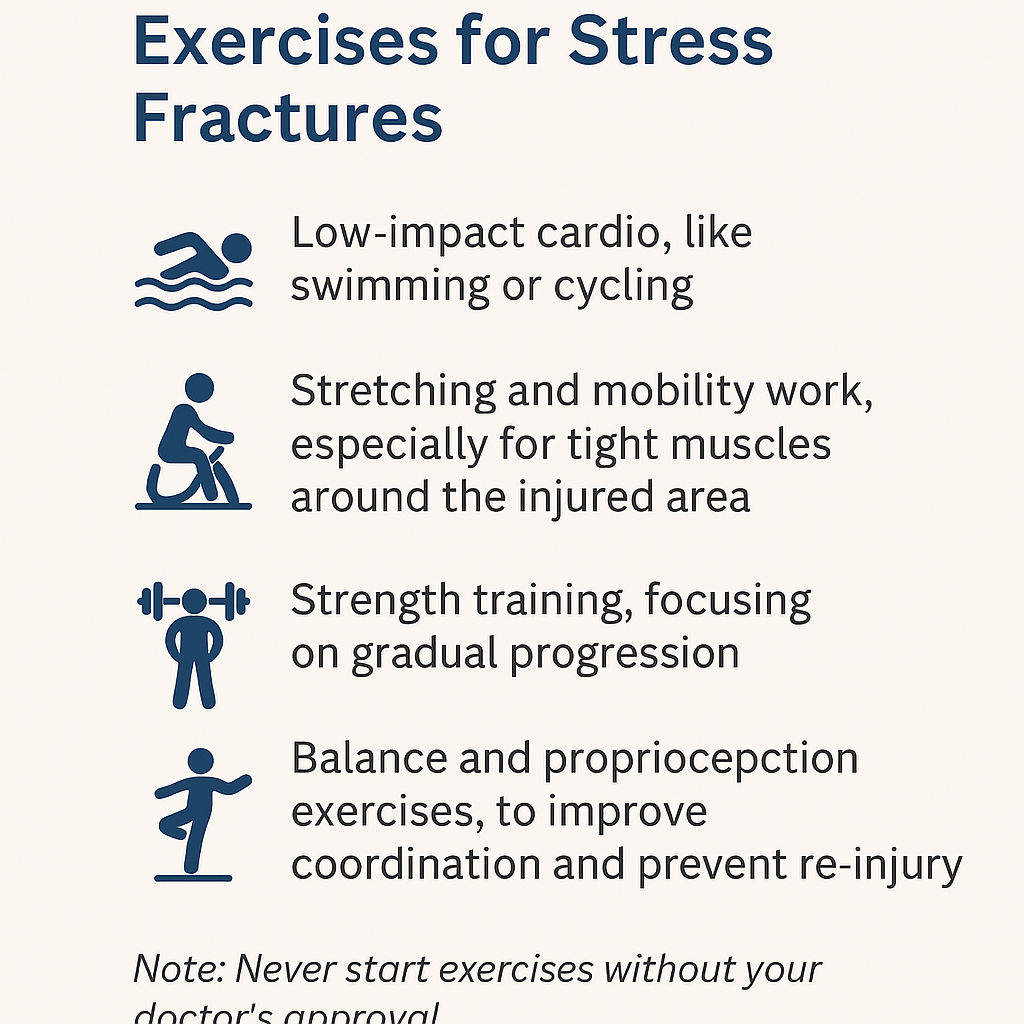

Medically Reviewed by Dr. Chirag Arora
Written by Swasthya Saarthi Editorial Team, last updated on 10 April 2025

Stress fractures are small cracks or severe bruising within a bone that typically result from overuse and repetitive activity. Though often associated with athletes and runners, stress fractures can affect anyone who suddenly increases physical activity or has underlying bone weaknesses. Recognizing the early Stress fracture symptoms can prevent long-term complications and ensure a smooth recovery. For effective Stress Fractures treatment in Delhi/Gurgaon, it’s essential to consult specialists who can provide a comprehensive approach to diagnosis and care.
Shin Splints Treatment & Exercises: The Best Shin Exercises for Shin Splints
Early Signs of Achilles Tendinitis: Symptoms You Shouldn't Ignore
Best Plantar Fasciitis Exercises to Strengthen and Heal Your Feet
Stress fractures develop when bones are subjected to repeated mechanical stress without enough time to recover. Common causes include:
The signs of a stress fracture can be subtle at first but become more pronounced over time. Key stress fracture symptoms include:
If you notice persistent pain during physical activity that doesn’t improve with rest, or if you experience swelling and tenderness in a specific area of a limb, it’s important to consult a medical professional. Early diagnosis can prevent the condition from worsening and reduce recovery time.
For stress fractures, you should consult:
A proper diagnosis may involve physical exams, X-rays, MRIs, or bone scans.

Once the fracture begins to heal and under medical guidance, the following exercises may help:
Balance and proprioception exercises, to improve coordination and prevent re-injury
Note: Never start exercises without your doctor's approval.
Especially in active children and adolescents, it can be hard to distinguish between general aches and stress fractures. Keep in mind:
Swelling or tenderness in one spot needs medical attention
Stress fracture treatment usually involves:
Surgery, rarely needed but may be required in severe cases or non-healing fractures
You can reduce the risk of stress fractures by:

At Swasthya Saarthi, we take a comprehensive and personalized approach to stress fracture treatment. Whether you're an athlete, fitness enthusiast, or someone dealing with a sudden injury, we offer expert care for Stress Fractures treatment in Delhi/Gurgaon as well as a full range of Sports injury treatment options. Our services include:
Our team works closely with patients to ensure a smooth and effective recovery journey.
Stress fractures, though common, should never be ignored. Prompt diagnosis and a structured stress fracture treatment plan can lead to full recovery and help you return safely to your activities. With expert care like Stress Fractures treatment in Delhi/Gurgaon and advanced sports injury treatment options available at Swasthya Saarthi, you can maintain an active lifestyle without the risk of recurring injuries.
A: Limited walking may be possible, but continued stress can worsen the fracture. It's best to rest and follow your doctor’s advice.
A: Typically, it takes 6 to 8 weeks, but it can vary depending on the location and severity.
A: Not always initially. MRIs or bone scans may be needed for accurate diagnosis.
A: Yes, with rest and proper care. But medical supervision is crucial to ensure complete healing.
A: Low-impact exercises may be allowed under medical guidance. Avoid weight-bearing or high-impact activities until fully healed.